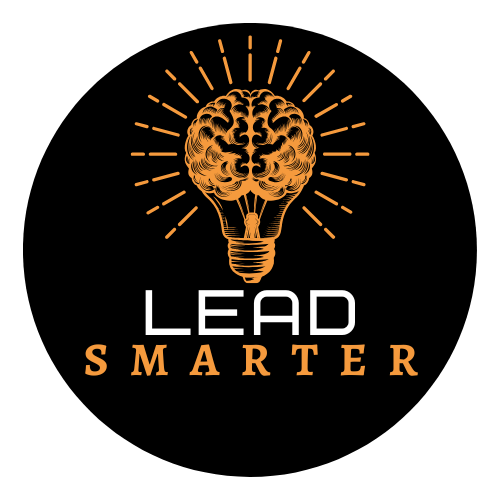Building a Robust Learning Infrastructure: The Foundation of Human Capital Excellence
Organizations that excel at building learning infrastructures create a virtuous cycle. As employees develop new capabilities more rapidly, the organization becomes more adaptable, innovative, and resilient.

Organizations that consistently outperform their competitors in today's knowledge economy share a common characteristic: they've mastered the art and science of continuous learning. These companies recognize that developing human capital requires more than occasional training programs or annual development plans—it demands a comprehensive learning infrastructure that becomes embedded in the organization's DNA.
The Architecture of Organizational Learning
A truly robust learning infrastructure integrates multiple dimensions of development into a cohesive ecosystem. This infrastructure creates the conditions where talent naturally flourishes through:
Personalized Learning Pathways
Forward-thinking organizations recognize that one-size-fits-all training is ineffective. Instead, they design flexible development paths that adapt to individual learning styles, career aspirations, and organizational needs. These pathways combine structured programs with self-directed exploration, allowing employees to develop foundational skills and specialized expertise optimally.
Experiential Learning Integration
The most powerful learning happens through carefully designed experiences that stretch capabilities while providing adequate support. Organizations with mature learning infrastructures systematically incorporate developmental assignments, cross-functional projects, and stretch roles into their talent development approach. They transform everyday work into learning laboratories where employees can apply new knowledge immediately.
Knowledge Exchange Mechanisms
Learning-centered organizations create multiple knowledge-sharing channels—from formal communities of practice to informal peer mentoring networks. These mechanisms enable the rapid diffusion of insights across organizational boundaries, transforming individual learning into collective intelligence.
Technology-Enabled Learning Environments
While technology isn't the heart of learning infrastructure but is a powerful enabler. Advanced learning platforms provide on-demand access to curated content, connect employees with internal experts, facilitate collaborative problem-solving, and deliver personalized recommendations that accelerate skill development.
Cultural Foundations
Beyond structures and systems, robust learning infrastructures require supportive cultural elements:
- Leaders who model continuous learning and coach others effectively
- Psychological safety that encourages experimentation and makes it safe to acknowledge gaps
- Recognition systems that reward knowledge sharing and capability building
- Feedback mechanisms that transform performance challenges into learning opportunities
The Competitive Impact
Organizations that excel at building learning infrastructures create a virtuous cycle. As employees develop new capabilities more rapidly, the organization becomes more adaptable, innovative, and resilient. This enhanced organizational capability attracts talented individuals who value growth, further strengthening the learning culture.
In a world where technological and market conditions can change overnight, the capacity to learn collectively at speed has become the ultimate competitive advantage. By investing in robust learning infrastructures, organizations don't just develop their current talent—they build the foundation for sustainable excellence regardless of what the future brings.
